Introduction
Japanese anime and manga are beloved worldwide, producing countless masterpieces.
However, when these works are adapted into live-action films or dramas, they often receive negative feedback.
Searching for “anime live-action” in Japan yields top results like “boring,” “unnecessary,” “no demand,” and “failure.”
For overseas anime fans, this phenomenon might seem puzzling. This article delves into the reasons behind the criticism of anime live-action adaptations in Japan.
We will analyze specific failures and successes to understand why these adaptations are either praised or condemned by fans.
Through this exploration, we hope to provide insights into Japanese fan psychology and cultural backgrounds, allowing you to appreciate Japanese works on a deeper level.
1. Deep Attachment to the Original Works
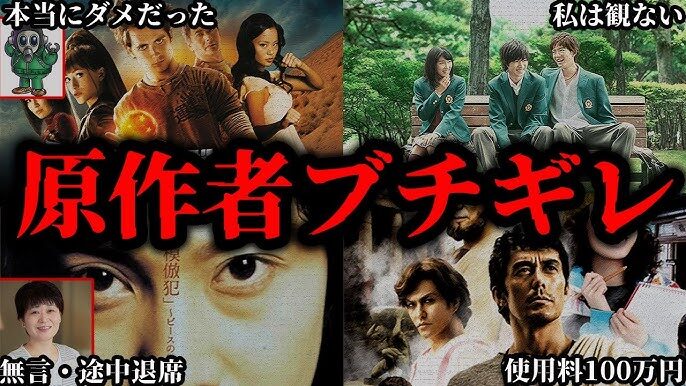
The Special Significance of Anime and Manga
In Japan, anime and manga are more than mere entertainment; they are cultural icons. These works have sparked social phenomena and influenced the lives and values of many people.
Titles like “Doraemon,” “One Piece,” and “Naruto” are national treasures loved across generations.
Fans’ Passion
Fans deeply resonate with characters and stories, sometimes impacting their own life perspectives and guiding principles.
Their affection for these works is profound, with meticulous attention to every detail.
Resistance to Live-Action Adaptations
Because of this deep attachment, there is concern that live-action adaptations might damage the original image.
Changes in character personalities or story developments can evoke anxiety or anger, with fans feeling that “their cherished work might be ruined.”
2. Challenges in Expression

The Freedom of Animation
Anime allows for expressions impossible in reality. It showcases superhuman abilities, otherworldly landscapes, and uniquely designed characters, unleashing unrestricted creativity.
Limitations of Live-Action Adaptations
Conversely, live-action adaptations must depict these elements using real actors, sets, and CGI technology.
However, due to technical and budgetary constraints, it’s challenging to fully recreate the unique atmosphere and visuals of anime.
Quality Issues
As a result, visuals may feel awkward or cheap, betraying fans’ expectations and becoming a target for criticism.
3. Past Failures
Specific Examples
“Attack on Titan” Live-Action Films
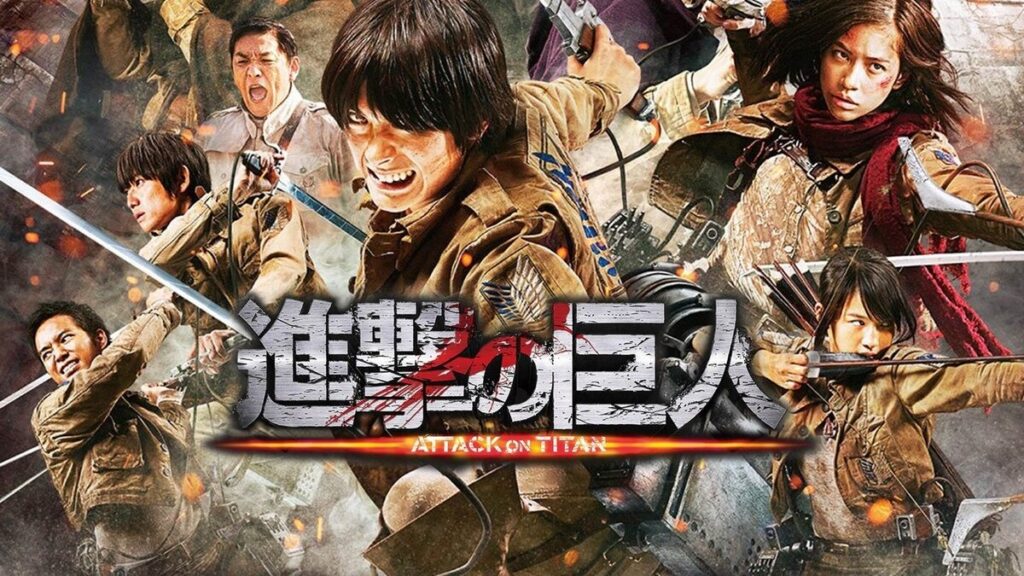
- Overview: A live-action adaptation of the popular manga “Attack on Titan,” released in two parts in 2015.
- Criticisms:
- Significant Changes from the Original: The setting was altered to a Japanese-style environment, and characters’ backgrounds and relationships were heavily modified.
- Omission and Alteration of Key Characters: Important characters like Captain Levi were omitted, and new characters were added.
- Storyline Changes: The philosophical and social themes of the original were diluted, turning it into a simple monster movie.
- Fan Reactions:
- “The original world has been destroyed.”
- “The characters’ charm is lost.”
- “Why is Captain Levi absent?”
“Terra Formars”
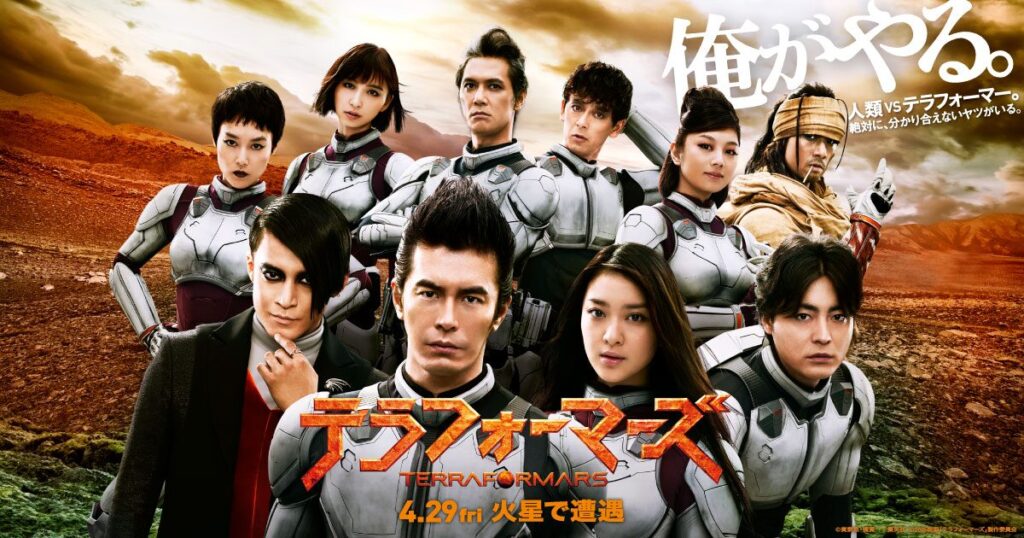
- Overview: A 2016 live-action film based on the sci-fi manga by Yu Sasuga and Kenichi Tachibana.
- Criticisms:
- Character Alterations: Changes in characters’ nationalities and backgrounds.
- Quality of Makeup and CGI: The design and movement of the Martian cockroaches, “Terraformars,” felt unnatural.
- Flat Storytelling: The original’s tension and suspense weren’t adequately portrayed.
- Fan Reactions:
- “The visuals are cheap and lack impact.”
- “The original’s appeal isn’t conveyed.”
- “I can’t empathize with the characters.”
“Fullmetal Alchemist”
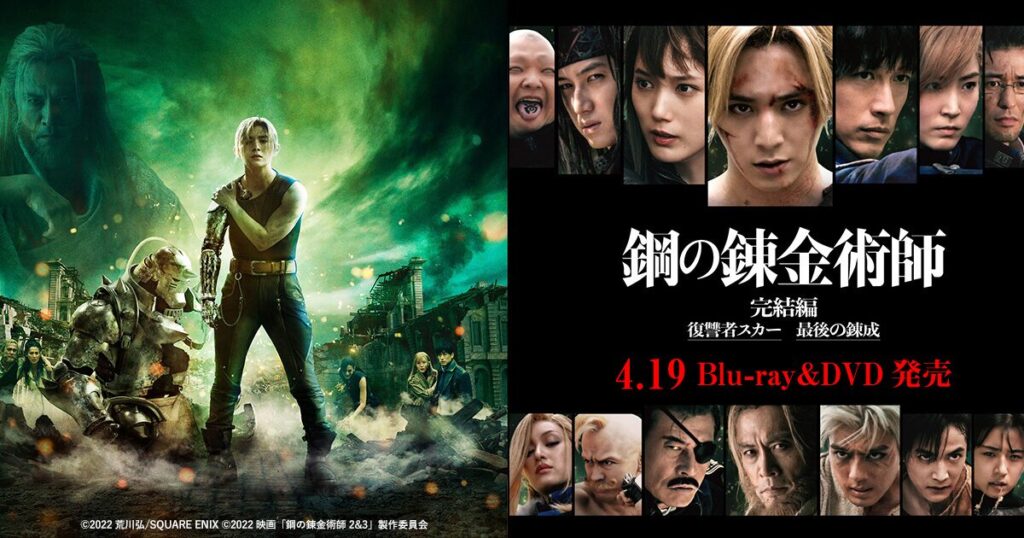
- Overview: A 2017 live-action film based on Hiromu Arakawa’s renowned manga.
- Criticisms:
- Miscasting: Ryosuke Yamada played Edward Elric, but some felt his appearance and acting didn’t match the original image.
- CGI Quality: There were opinions that CGI effects for Alphonse and alchemy felt off.
- Condensed Story: Compressing the extensive original into a two-hour film led to a rushed narrative lacking depth.
- Fan Reactions:
- “The original’s crucial themes are diluted.”
- “The characters’ charm isn’t fully expressed.”
- “A sequel shouldn’t be made.”
Impact of Failures
These films weren’t commercially successful and faced harsh criticism from critics and fans. Consequently, distrust towards live-action adaptations grew, leading to skepticism whenever new adaptations are announced.
Analysis of Failure Factors
- Lack of Respect for the Original: Ignoring core themes and characters through unnecessary alterations.
- Low Production Quality: Poor standards in visual effects, scripts, and direction.
- Marketing Over Substance: Prioritizing famous actors and hype over content quality.
4. Dissatisfaction with Casting
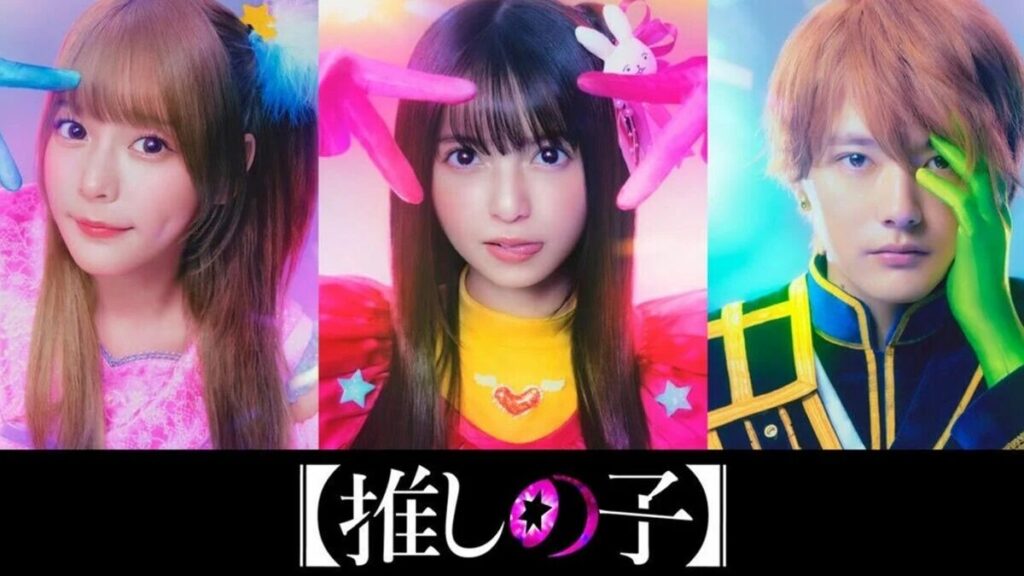
Mismatch Between Characters and Actors
Original characters have meticulously defined appearances, personalities, and speech patterns. When actors don’t align with these images, fans feel a strong sense of incongruity.
Example:
- “Attack on Titan” Live-Action Films: Some fans criticized Haruma Miura’s portrayal of Eren, feeling that his internal struggles weren’t adequately expressed.
Use of Popular Actors
Famous actors are sometimes cast to ensure commercial success. However, if they lack acting skills or suitability for the role, the overall quality may decline.
Example:
- “Terra Formars”: Despite a star-studded cast including Hideaki Ito and Tomohisa Yamashita, some questioned the alignment between actors and characters.
Fans’ Ideal Casting
Fans often have specific actors in mind as the “perfect fit” for characters. Significant deviations from these expectations can lead to disappointment and lower evaluations of the work itself.
5. Script and Direction Quality
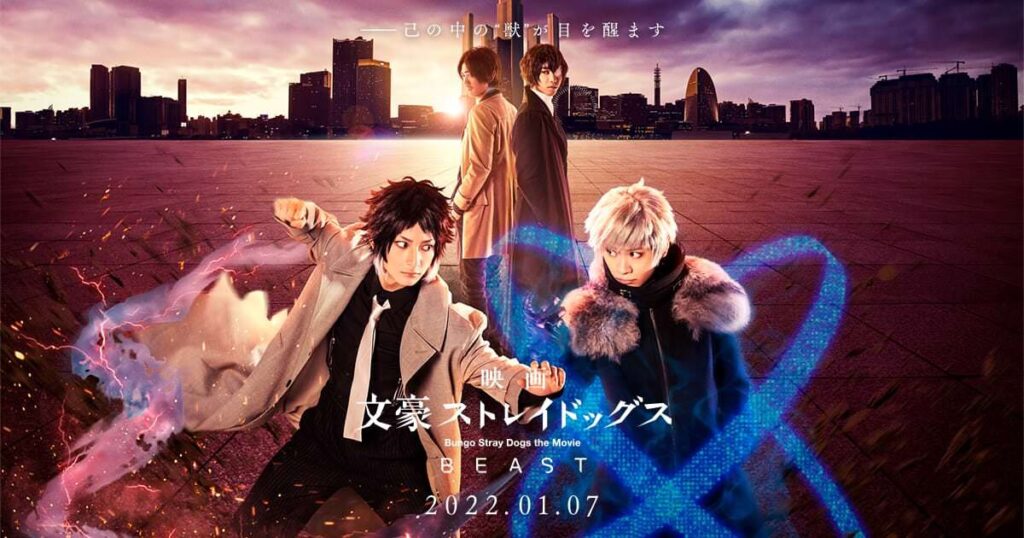
Alterations to the Original
When story developments or endings differ significantly from the original, fans feel confusion and dissatisfaction. Neglecting the philosophical or ethical themes of the source material can strip the work of its depth.
Example:
- “Fullmetal Alchemist”: Critics noted that essential themes like the “Law of Equivalent Exchange” and “human sins” weren’t adequately depicted.
Addition of Original Elements
Introducing unique interpretations or new characters can disrupt narrative consistency.
Example:
- “Attack on Titan” Live-Action Films: The inclusion of romance and new characters not present in the original blurred the story’s focus.
Expectation for Faithful Reproduction
Fans desire faithful recreations of the original world and story. When this expectation is unmet, they experience strong disappointment.
6. Cultural Background and Fan Psychology
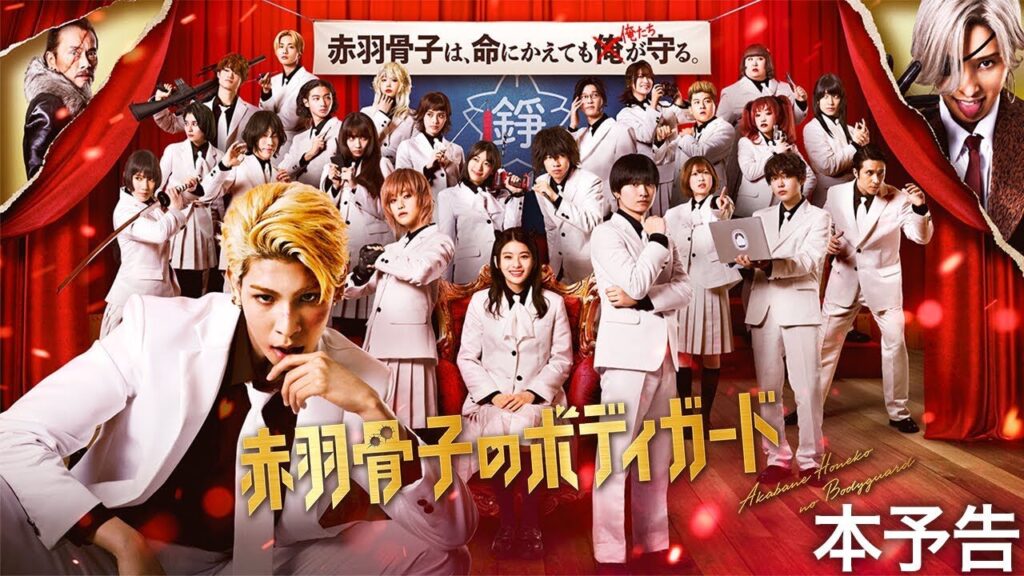
Japanese Fan Culture
In Japan, fans exhibit intense enthusiasm and form active communities. They share analyses and impressions, pursuing a deep understanding of works.
The Amplified Voice of Fans
Fans actively express opinions through social media, blogs, and forums. Negative opinions, in particular, tend to spread rapidly.
Differences with Overseas Audiences
Overseas, audiences are relatively tolerant of live-action adaptations, with many discovering the original anime or manga through these films.
In Japan, the majority are original fans, leading to higher expectations and demands for adaptations.
7. Successful Live-Action Adaptations in Japan
Examples of Success
“Rurouni Kenshin” Series

- High-Quality Action: Realized impactful sword-fighting scenes and stunts. Action director Kenji Tanigaki, known for his work in Hollywood, was involved.
- Faithfulness to the Original: Carefully reproduced character backgrounds and storylines.
- Appropriate Casting: Takeru Satoh’s portrayal of Kenshin Himura matched the original image, earning high praise from fans.
“Kingdom”
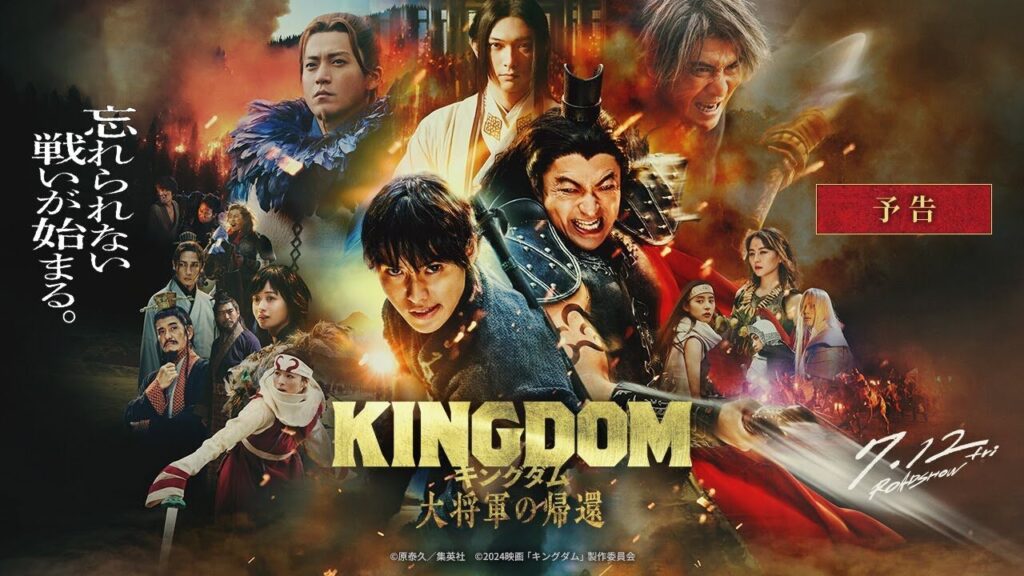
- Grand Scale: Used large-scale extras and sets to recreate epic battle scenes.
- Character Fidelity: Faithfully represented characters through costumes, makeup, and acting.
- Commercial Success: Surpassed 5 billion yen in box office revenue, leading to a sequel.
“Gintama”

- Blend of Comedy and Seriousness: Balanced the original’s unique humor with serious storylines.
- Effective Casting: Cast actors like Shun Oguri who matched the characters well.
- Fan Support: Received high evaluations from original fans and produced sequels.
Analysis of Success Factors
- Respect for the Original: Staff and cast deeply understood and honored the source material.
- High Production Quality: Excellence in visual effects, music, and overall direction.
- Unity with Fans: Aimed to exceed fan expectations by understanding their desires.
Fan Reactions
These successful adaptations not only garnered fan support but also attracted new audiences. Positive comments like “A wonderful film that doesn’t destroy the original image” and “A successful example of live-action adaptation” were abundant on social media.
8. Future Possibilities and Expectations
Technological Advancements
The latest CGI and special effects make previously challenging expressions possible, increasing the likelihood of successful adaptations.
New Endeavors
Collaborations with overseas production companies and original content from streaming services are leading to innovative adaptation formats.
Example:
- Netflix’s Live-Action “One Piece” Series
- Overview: A live-action project of the globally popular “One Piece.” Original author Eiichiro Oda is involved as an executive producer.
- Anticipation: With a global production setup and substantial budget, there’s potential to recreate the vast world of the original.
Collaboration with Fans
Involving fans through crowdfunding and social media can lead to works that better meet expectations.
Cooperation between fans and creators may result in more satisfying productions.
Conclusion
The criticism of anime live-action adaptations in Japan stems from deep attachment to the originals, past failures, and cultural backgrounds.
Disrespect for the source material and low production quality have particularly disappointed fans.
However, successful adaptations exist, characterized by respect for the originals and high production standards.
These works have not only earned fan support but also attracted new fans.
With technological advancements and new production systems, more high-quality adaptations are anticipated. The key lies in valuing the original works and listening to fan voices.
We hope overseas anime fans can understand this background and enjoy Japanese live-action adaptations on a deeper level. May Japanese entertainment continue to be loved worldwide.
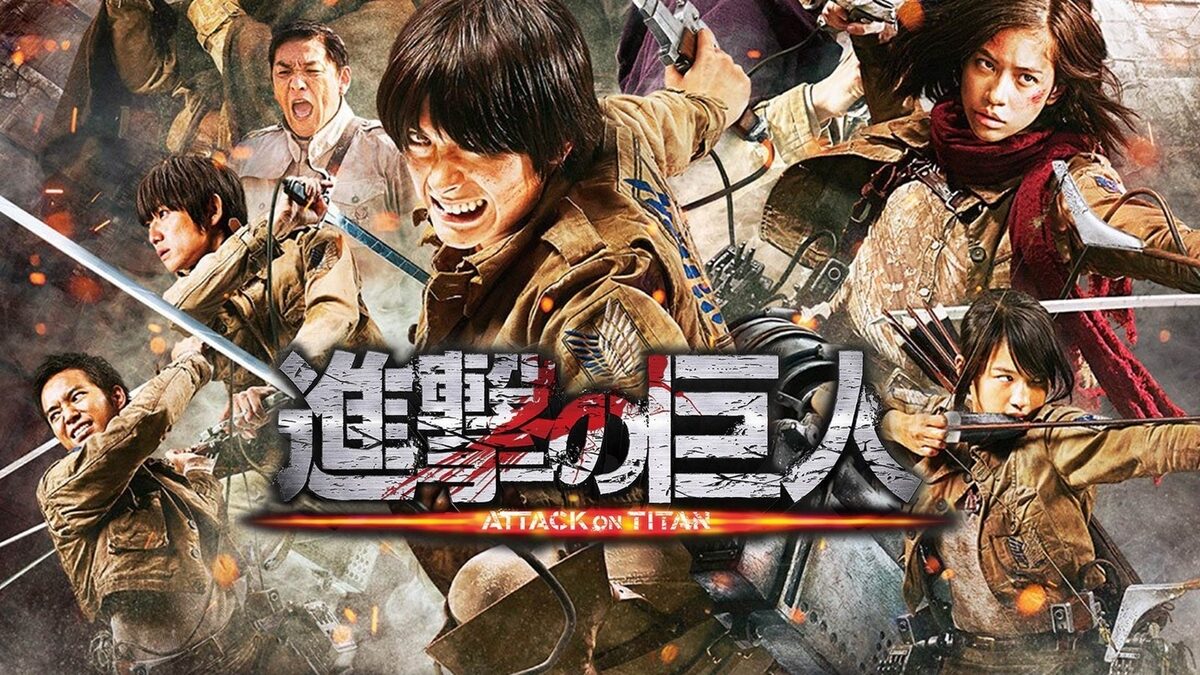





コメント